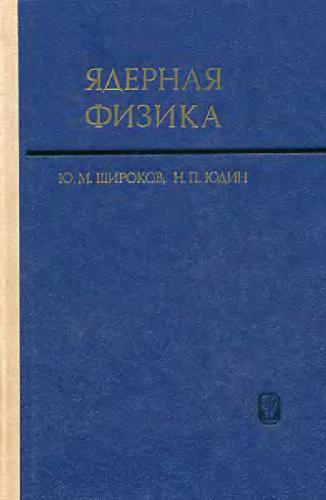- 2 402 202 книги
- Поиск
libcats.org






Predictive Mining of Time Series Data
Java A., Perlman E.All-sky monitors are a relatively new development in astronomy, and their data represent a largely untapped resource. Proper utilization of this resource could lead to important discoveries not only in the physics of variable objects, but in how one observes such objects. We discuss the development of a Java toolbox for astronomical time series data. Rather than using methods conventional in astronomy (e.g., power spectrum and cross-correlation analysis) we employ rule discovery techniques commonly used in analyzing stock-market data. By clustering patterns found within the data, rule discovery allows one to build predictive models, allowing one to forecast when a given event might occur or whether the occurrence of one event will trigger a second. We have tested the toolbox and accompanying display tool on datasets (representing several classes of objects) from the RXTE All Sky Monitor. We use these datasets to illustrate the methods and functionality of the toolbox. We have found predictive patterns in several ASM datasets. We also discuss problems faced in the development process, particularly the difficulties of dealing with discretized and irregularly sampled data. A possible application would be in scheduling target of opportunity observations where the astronomer wants to observe an object when a certain event or series of events occurs. By combining such a toolbox with an automatic, Java query tool which regularly gathers data on objects of interest, the astronomer or telescope operator could use the real-time datastream to efficiently predict the occurrence of (for example) a flare or other event.By combining the toolbox with various preprocessing and dimensionality reduction tools, one could predict events which may happen on variable time scales.
EPUB | FB2 | MOBI | TXT | RTF
* Конвертация файла может нарушить форматирование оригинала. По-возможности скачивайте файл в оригинальном формате.
Популярные книги за неделю:

Проектирование и строительство. Дом, квартира, сад
Автор: Петер Нойферт, Автор: Людвиг Нефф
Размер книги: 20.83 Mb

Система упражнений по развитию способностей человека (Практическое пособие)
Автор: Петров Аркадий НаумовичКатегория: Путь к себе
Размер книги: 818 Kb

Сотворение мира (3-х томник)
Автор: Петров Аркадий НаумовичКатегория: Путь к себе
Размер книги: 817 Kb

Радиолюбительские схемы на ИС типа 555
Автор: Трейстер Р.Категория: Электротехника и связь
Размер книги: 13.64 Mb
Только что пользователи скачали эти книги:

Радуга до небес
Автор: Картленд БарбараКатегория: Исторические любовные романы
Размер книги: 349 Kb

Panzer III. Германский средний танк
Автор: Оветственный Сергеев П.Н.Категория: ВОЕННАЯ ИСТОРИЯ, ХОББИ и РАЗВЛЕЧЕНИЯ
Размер книги: 56.21 Mb





